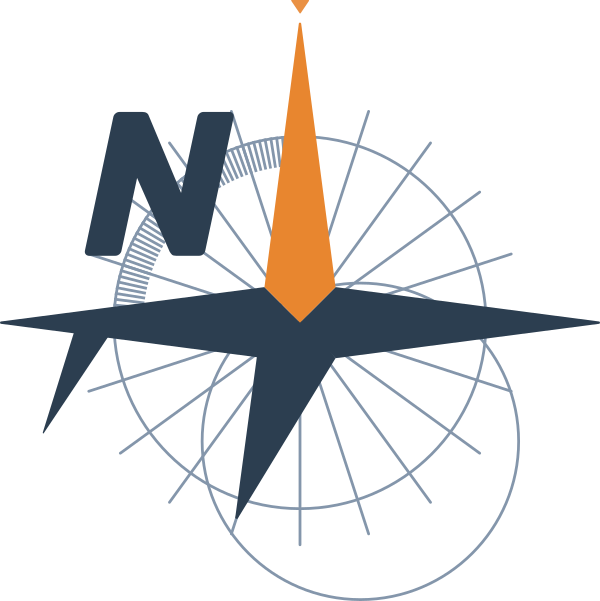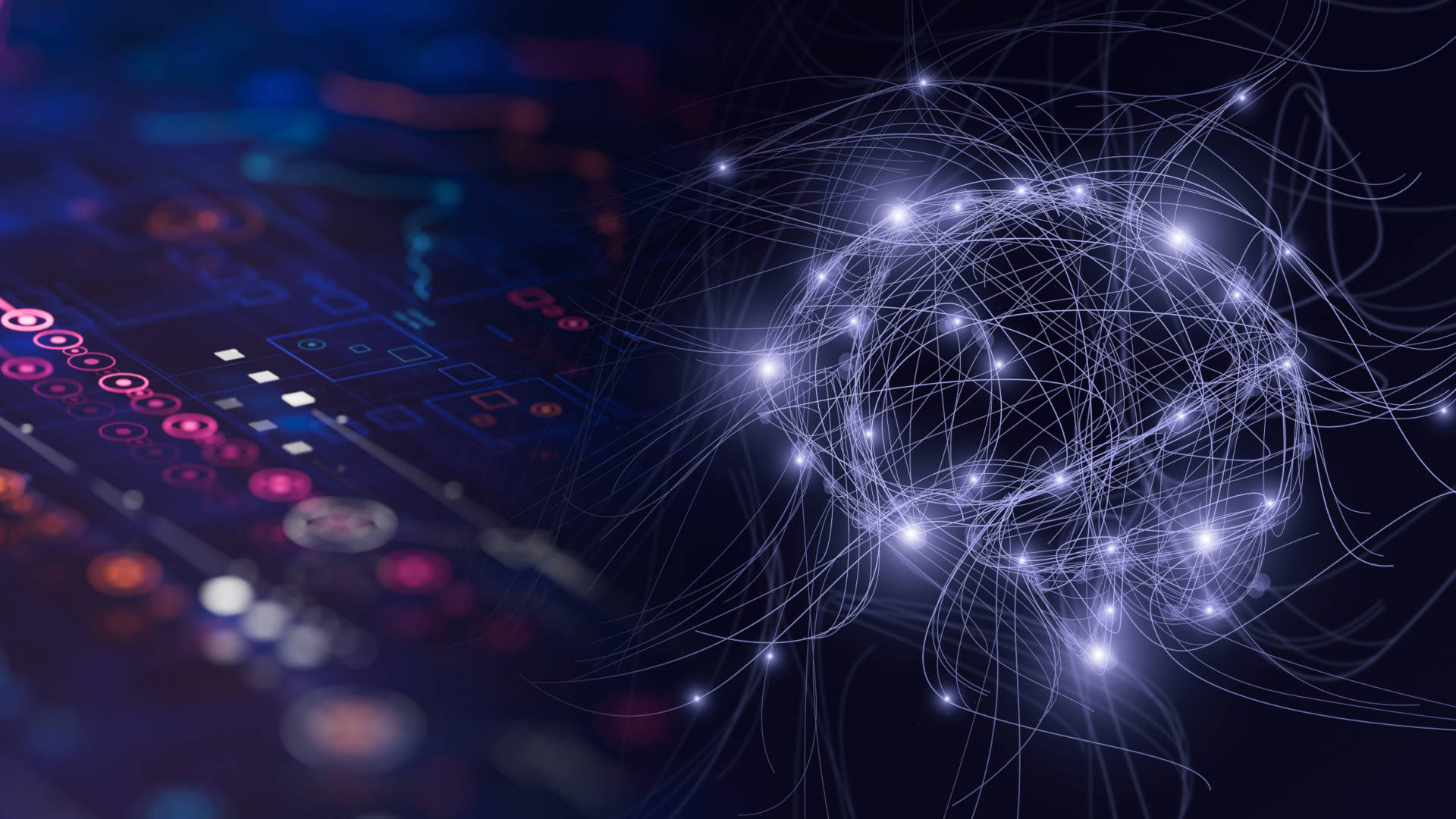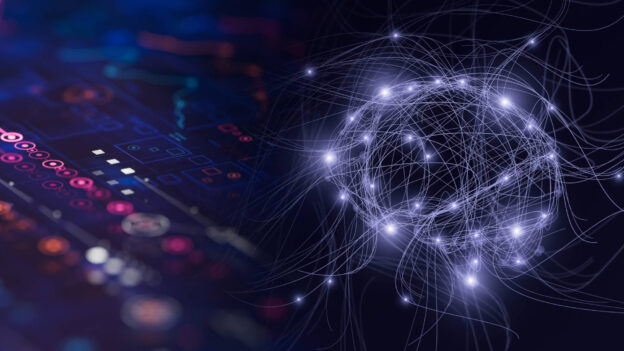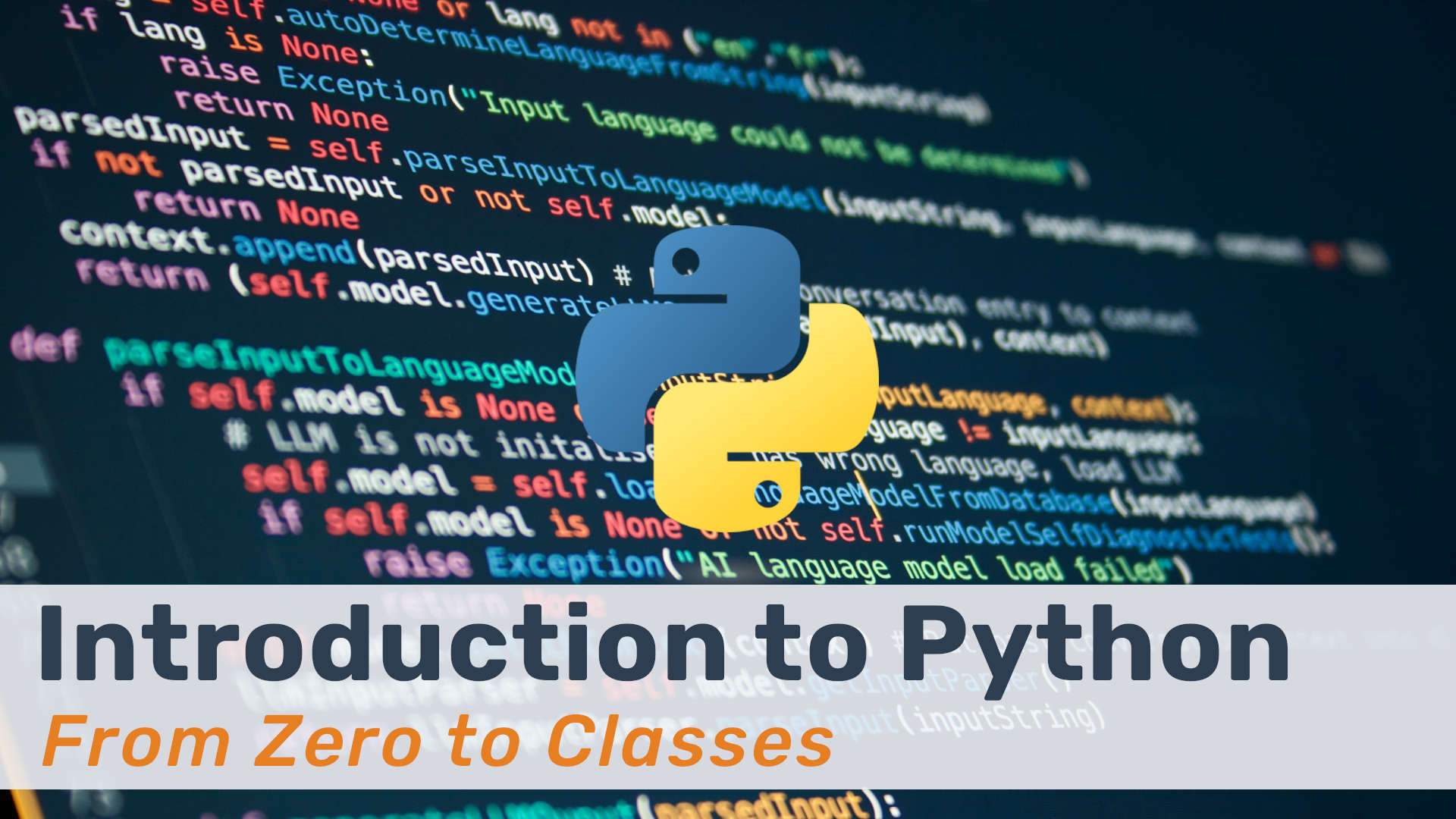Welcome!
We are excited to introduce AI & Machine Learning: From Scratch to Advanced Models — a course designed to take you from the fundamentals of AI all the way to building and applying cutting-edge neural network architectures.
Whether you are an engineer, scientist, or AI enthusiast, this course will equip you with the knowledge and practical skills to explore the vast world of possibilities that AI unlocks.
What is Machine Learning?
Machine Learning (ML) is a branch of Artificial Intelligence (AI) that enables computers to learn from data and make predictions or decisions without being explicitly programmed. Instead of following fixed rules, ML systems identify patterns in data and continually improve their performance over time.
Real-World Applications in Naval & Ocean Engineering
- Boat, Yacht, and Ship Design.
- Performance Optimization.
- Autonomous Navigation.
- Digital Twin Technologies.
- Maritime Security.
Applications Across Other Fields
- Recommendation Systems.
- Fraud Detection.
- Medical Diagnosis.
- Speech Recognition.
- Self-Driving Vehicles.
A Hands-On, Practical Approach
This course emphasizes learning by doing, ensuring that you not only understand ML concepts but can apply them to real engineering problems.
While many examples come from naval and ocean engineering, the principles and techniques are universal and relevant to any technical field.
Your Final Project
In the final project, you’ll choose between:
- Working with the ShipD dataset (MIT) to analyze 30,000 ship hull geometries and their wave resistance, or
- Using any dataset of your choice, whether naval-related (fuel consumption, yacht hydrodynamics, etc.) or from another domain entirely.
This flexibility makes your learning experience truly personalized and aligned with your interests.
The course
We begin by defining AI (Artificial Intelligence), Machine Learning, and Deep Learning, explaining why these technologies are transforming industries and shaping the future. You’ll learn why machine learning works from a mathematical perspective and explore the main learning paradigms: supervised, unsupervised, and reinforcement learning.
With this foundation in place, we’ll move into the core elements of machine learning: datasets, features and labels, model training, validation and testing, the ML pipeline, overfitting and underfitting, evaluation metrics, hyperparameter tuning, optimization, and deployment. You’ll work through essential algorithms including Linear and Logistic Regression, Decision Trees and Random Forests, K-Nearest Neighbors, and Support Vector Machines.
Once the fundamentals are solid, we transition to Deep Learning. You’ll learn how neural networks operate, how gradient descent and backpropagation work, and how autodifferentiation enables efficient training. To reinforce these concepts, you will implement a neural network from scratch using only NumPy and Pandas to predict ship resistance from hydrodynamic data.
Handling data effectively is crucial for building strong models. We cover data types, collection methods, preprocessing techniques (cleaning, normalization, feature engineering), and exploratory data analysis. From there, you’ll transition to PyTorch, one of the most widely used machine learning frameworks, and walk through the full ML workflow—from data preparation and model definition to training, evaluation, and optimization.
Building a model is just the beginning. You will learn how to evaluate performance, avoid overfitting and underfitting, and apply effective hyperparameter tuning strategies to improve your results.
We also go beyond basic neural networks, exploring convolutional neural networks (CNNs) for image analysis, recurrent neural networks (RNNs) for sequential data, and the latest trends and ethical considerations in modern AI.
Finally, you will complete a capstone project, choosing from multiple datasets—or working with MIT’s ShipD dataset to analyze 30,000 ship hull geometries and their wave resistance—giving you real-world experience with complex engineering data.
What will you learn?
By the end of this course, you will:
- Gain a solid understanding of how machine learning models work.
- Build, train, and evaluate your own AI models.
- Develop a complete machine learning pipeline using real-world data.
- Be well-prepared to dive into more advanced AI topics.
More concretely, you will learn:
- AI, Machine Learning, and Deep Learning — why they are booming and how they apply to engineering.
- Key machine learning concepts: data handling, model building, evaluation, and optimization.
- Core algorithms: linear and logistic regression, decision trees, K-nearest neighbors, and support vector machines — all demonstrated with real-world applications.
- Deep learning essentials: how neural networks learn, including building a simple network from scratch.
- Hands-on implementation with PyTorch: data preprocessing, model training, evaluation, and optimization workflows.
- Advanced architectures: introduction to convolutional neural networks (CNNs) and recurrent neural networks (RNNs).
- Practical insights and coding tips based on our hands-on experience working with large datasets and complex models.
Course Organization
The course is video-based and on-demand, allowing you to learn at your own pace—anytime, anywhere.
It includes video lessons, quizzes, downloadable materials, and access to a virtual private classroom, where you can interact with the instructor and other students.
After completing all lessons, passing the quizzes, and receiving approval for your course assignment, you will be awarded a Course Certificate.
– Resources:
- Video lessons.
- English subtitles.
- Course Book (181 pages!)
- Quizzes.
- Final Assignment.
- Virtual Private Classroom.
- Course Certificate.
– Classroom:
– Prerequisites:
No prior knowledge of Artificial Intelligence (AI) or Machine Learning is required. However, to get the most out of this course, a basic understanding of Python programming, fundamental mathematics, and general data analysis concepts will be helpful.
To ensure you’re fully prepared, we’ve created the Introduction to Python: From Zero to Classes course, which covers everything you need—from Python basics to more advanced topics, with an emphasis on data analysis.
While many examples in this course come from naval and ocean engineering, the principles and techniques you’ll learn are broadly applicable to any engineering or technical field.
A minimum Navalapp membership level of “Subscriber” (free membership) is required to enroll in this course.
RINA Endorsement
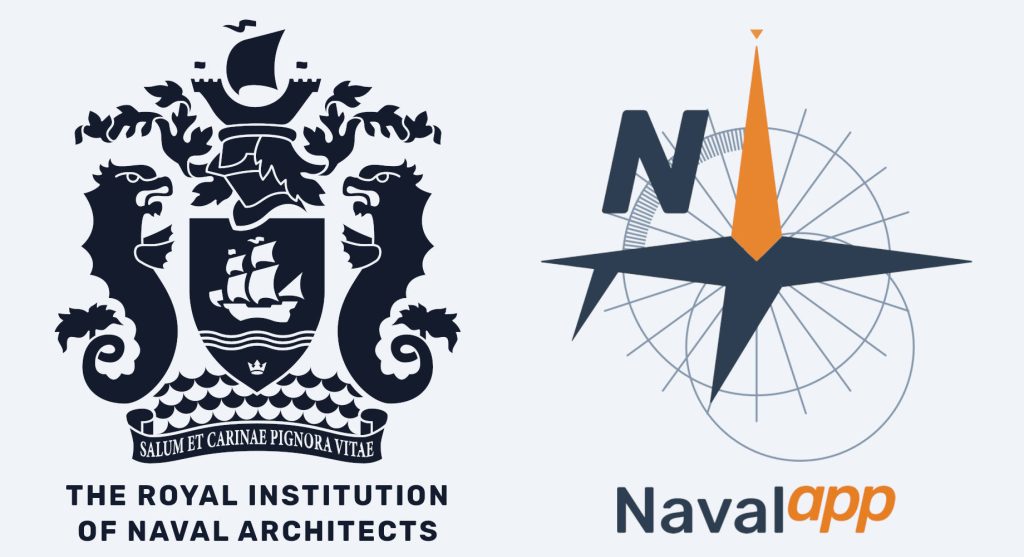
After a thorough evaluation, the Royal Institution of Naval Architects (RINA) has determined that Navalapp’s course AI & Machine Learning: From Scratch to Advanced Models meets its standards for Continuing Professional Development (CPD). As a result, RINA has formally recognized the course and issued a Certificate of Endorsement.
As part of the evaluation process, RINA reviewed various aspects of the course, including its learning objectives, content, and structure; the accuracy and currency of the material; student feedback; the quality of supporting resources; the instructor’s qualifications; the assessment methods used; and the overall organizational standards maintained by Navalapp.
